Lower back pain can make it hard to get a good night’s sleep. Tossing and turning, waking up stiff or sore, or finding no position that feels comfortable — it’s frustrating and exhausting. Fortunately, there are science-backed strategies and ergonomic setups that can help reduce strain on your spine and ease pain overnight.
Your sleep position matters more than you think. It affects how your spine aligns, whether your muscles relax properly, and how much pressure your lower back absorbs during the night.
If you sleep on your side, place a pillow between your knees to keep your hips aligned and reduce pressure on your lower spine. Also, use a pillow that supports your neck's natural curve.
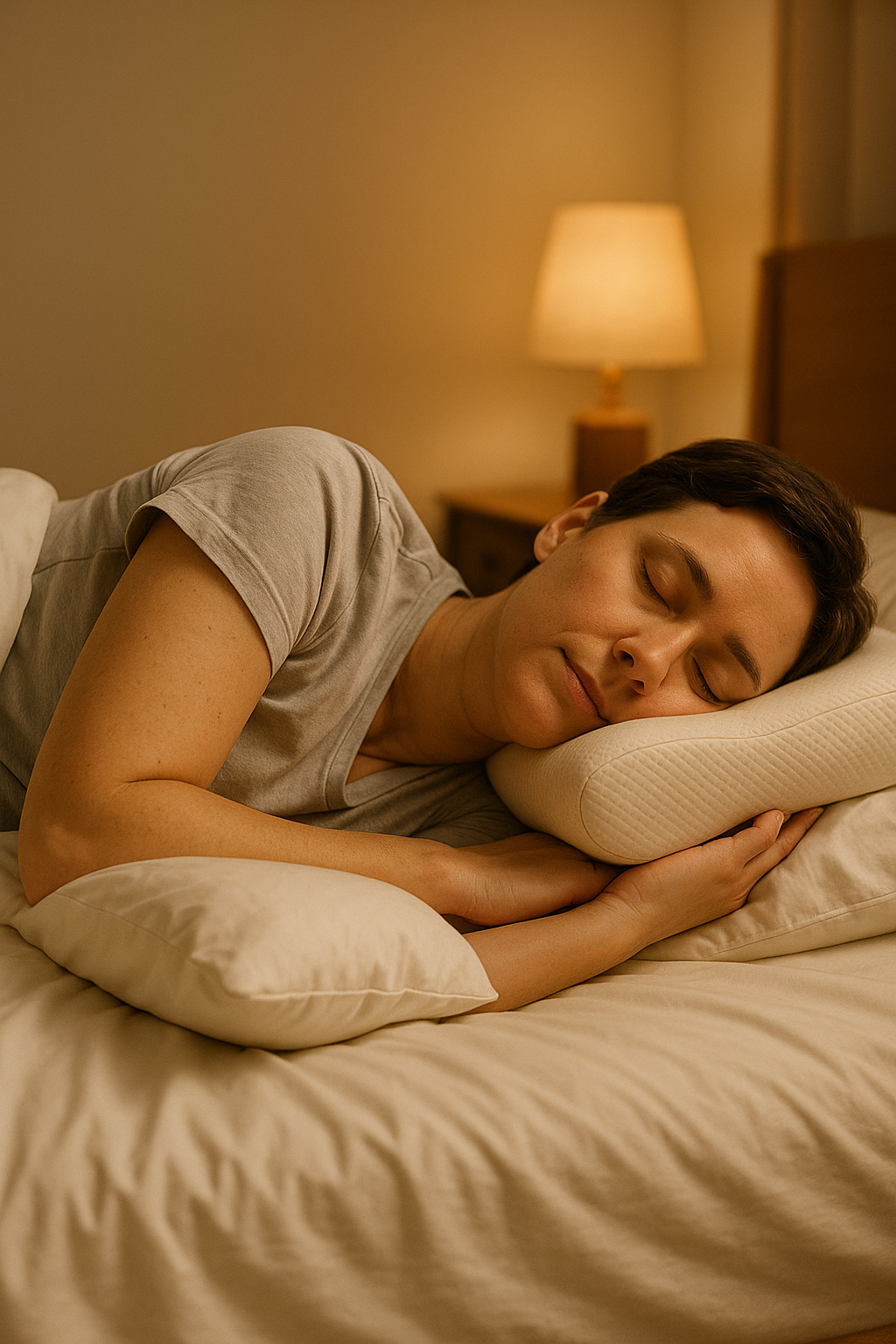
If you sleep on your back, place a small pillow or rolled towel under your knees. This helps maintain the spine’s natural curve. Also, use a pillow that supports the head without pushing it too far forward.
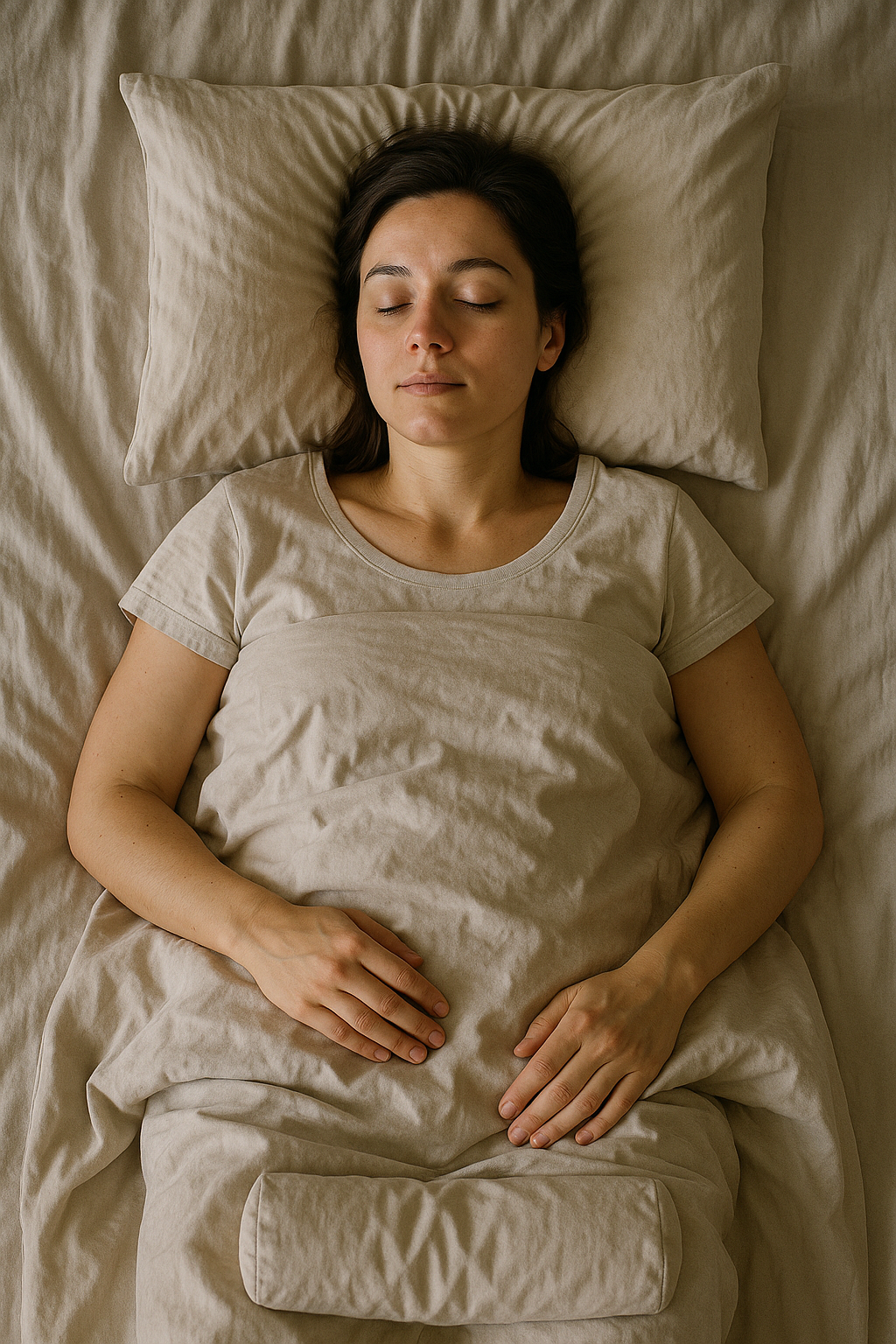
Stomach sleeping can be tough on the lower back, but if it’s the only way you sleep comfortably, place a thin pillow (or none) under your head and a small cushion under your hips to reduce strain on your lumbar spine.
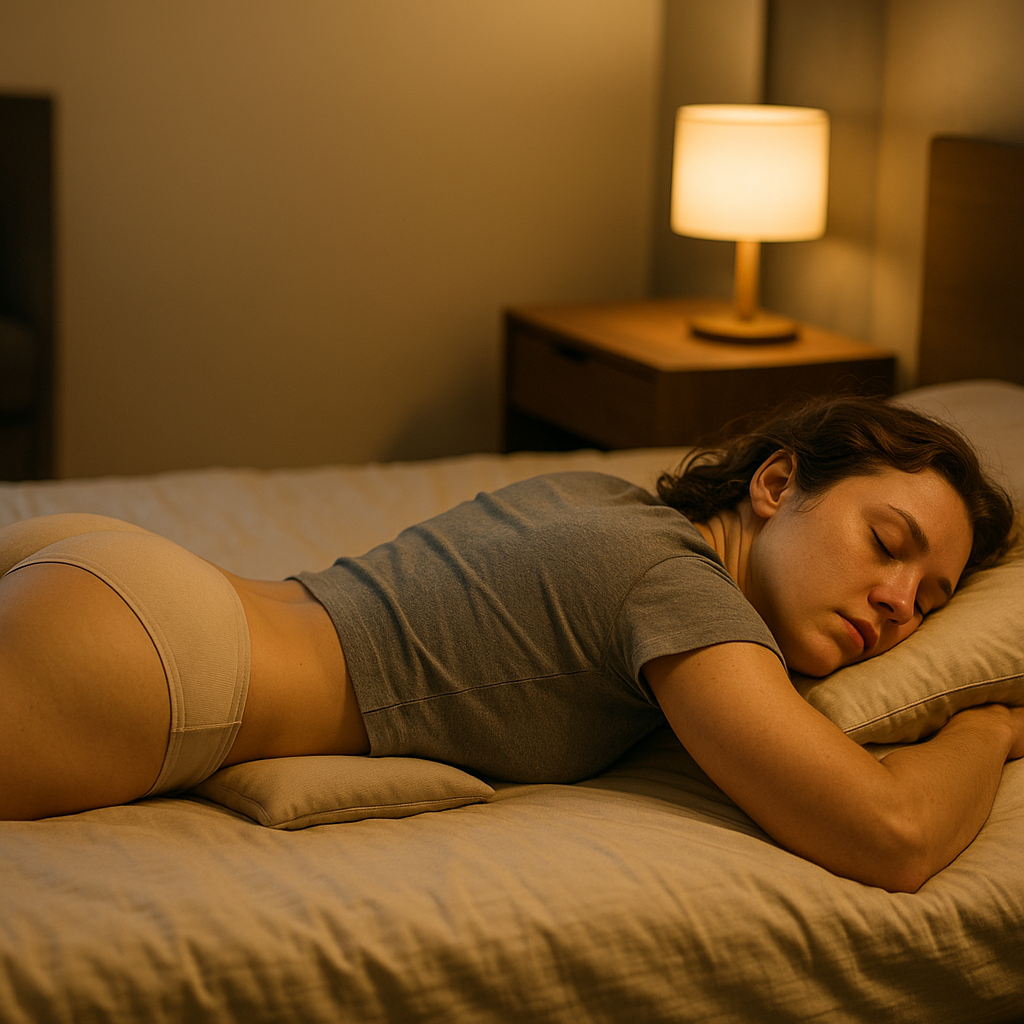
A mattress that’s too soft can let your hips sink too far, throwing off your spine’s alignment. A mattress that’s too firm can cause pressure points. Ideally, your mattress should support your spine’s natural curves while cushioning pressure zones.
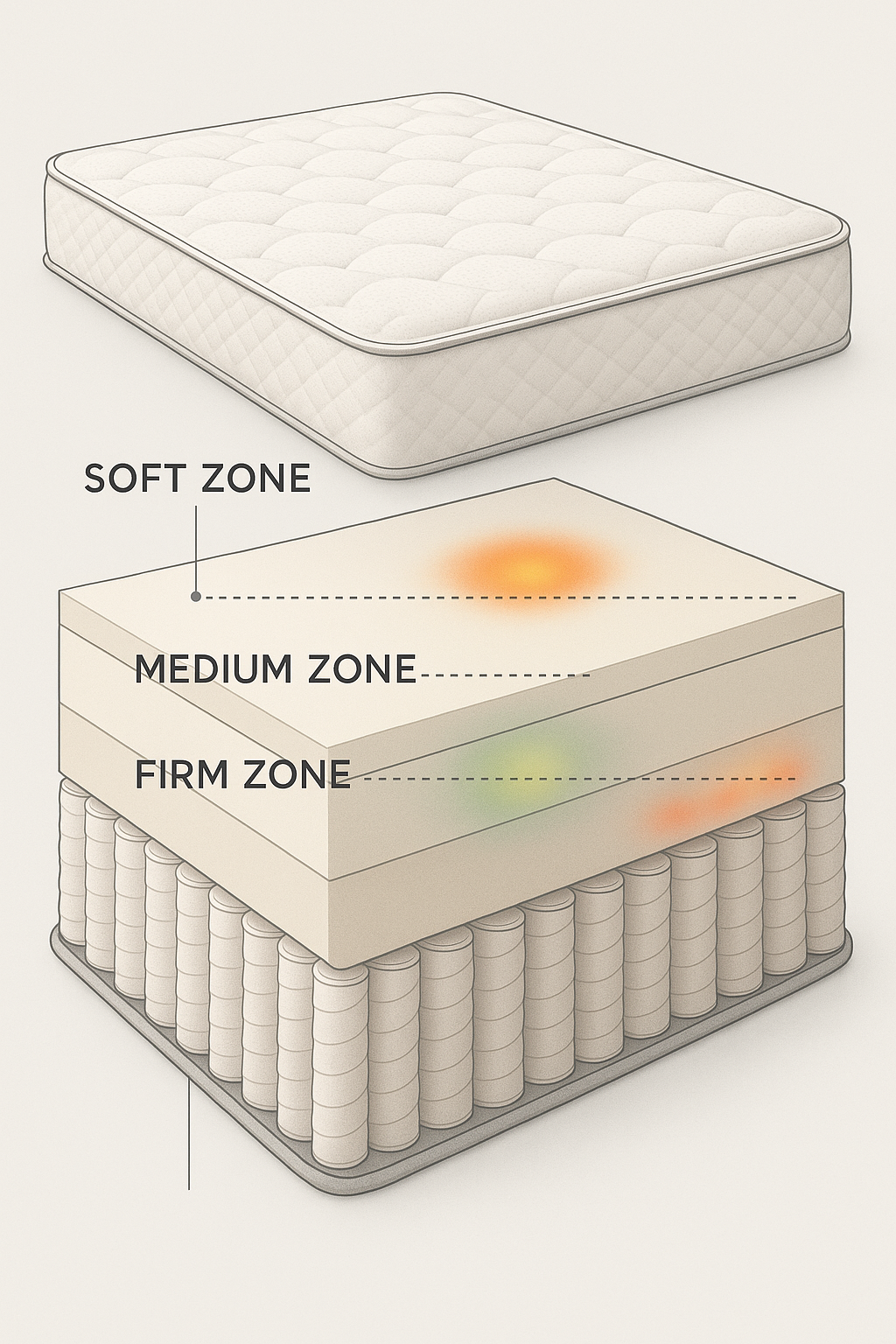
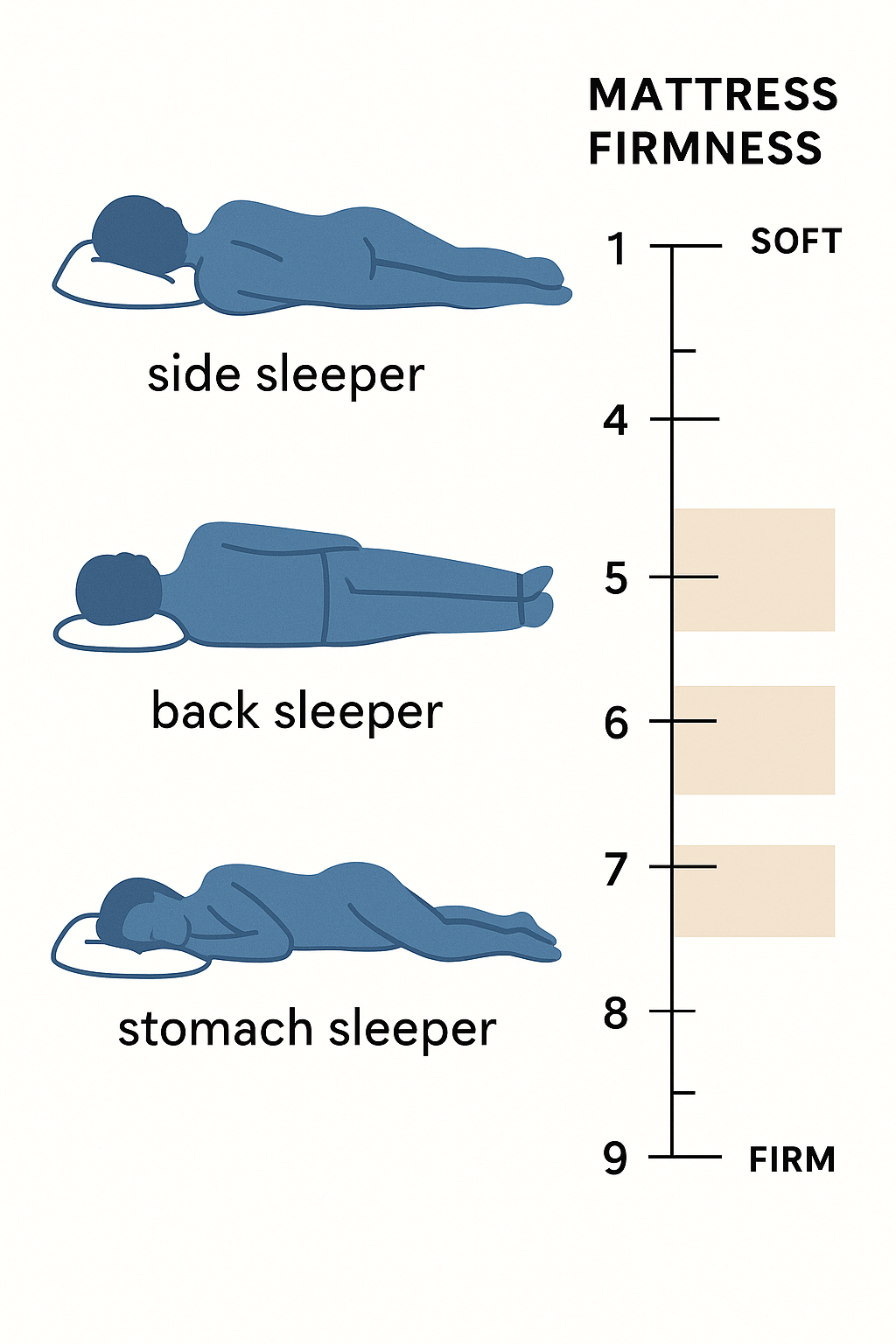
If your mattress is sagging or more than 7–10 years old, it might be time to replace it. Look for visible dips, lumps, or if you wake up feeling worse than when you went to bed.
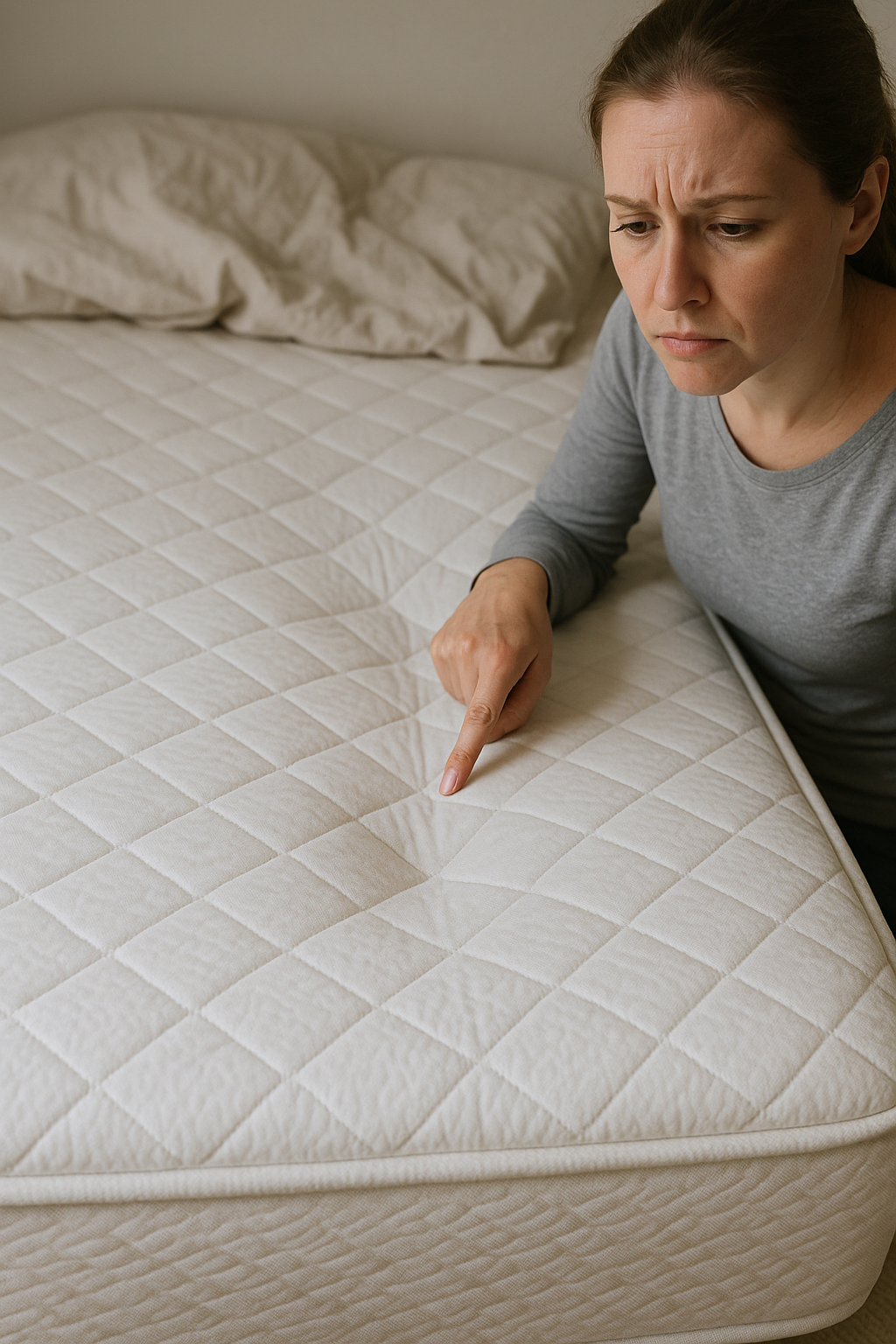
Neck alignment affects your lower back, too. Your pillow should fill the space between your head and shoulders, whether you sleep on your back or side. Cervical or memory foam pillows are designed to support the neck’s curve.

If a new mattress isn’t in your budget, a high-density foam topper can adjust the firmness level of your current mattress. It can also reduce motion transfer and provide better contouring.

If pain persists for more than a few weeks, or it’s interfering with your sleep night after night, it might be time to consult a doctor. You may be referred to physical therapy, chiropractic care, or a sleep specialist depending on the cause of your pain.
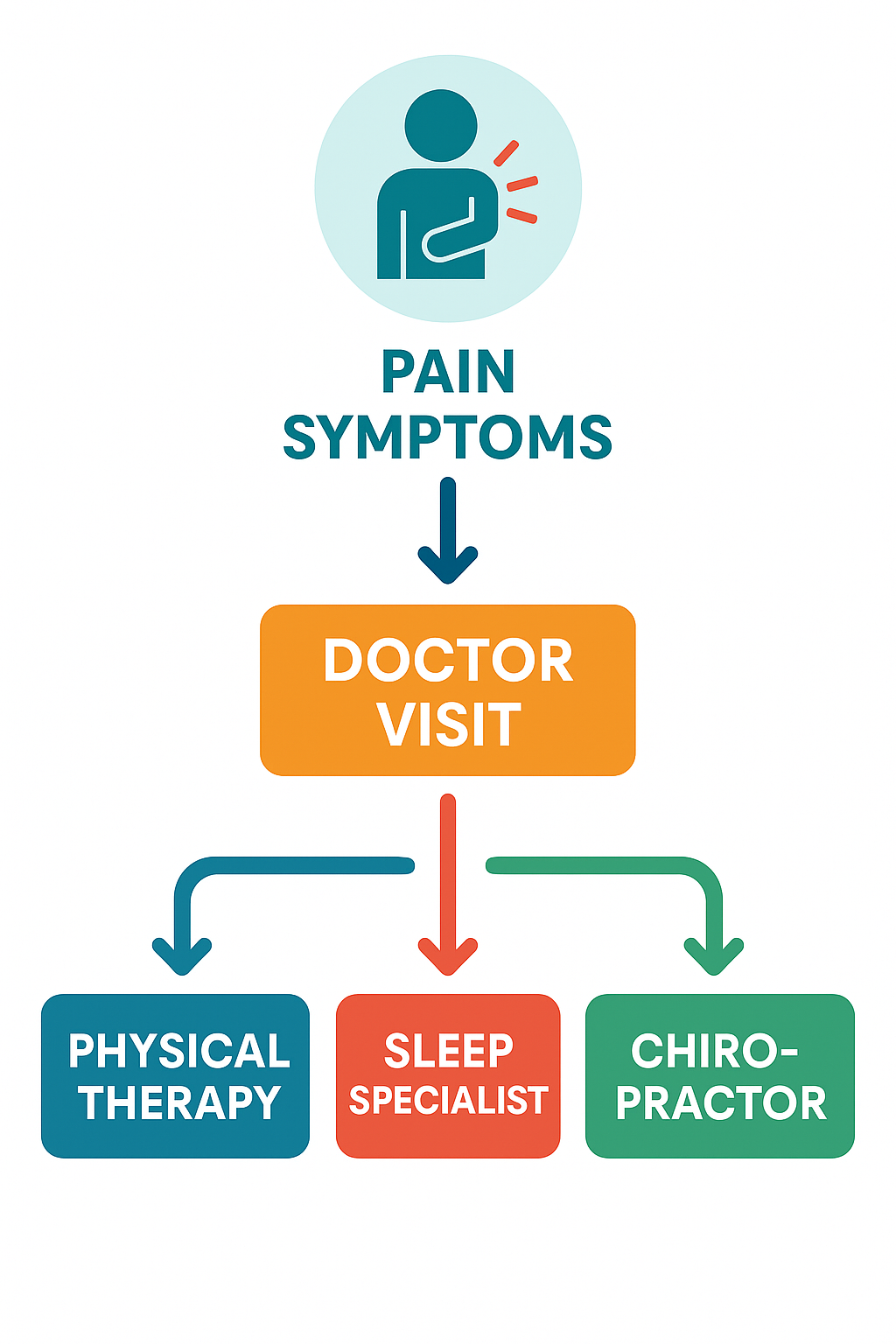
Don’t overhaul everything at once. Start by adjusting your sleep position, then test different pillows or a topper. Track your sleep and pain levels. Everyone’s body is different, so it may take a few adjustments to find what works for you.
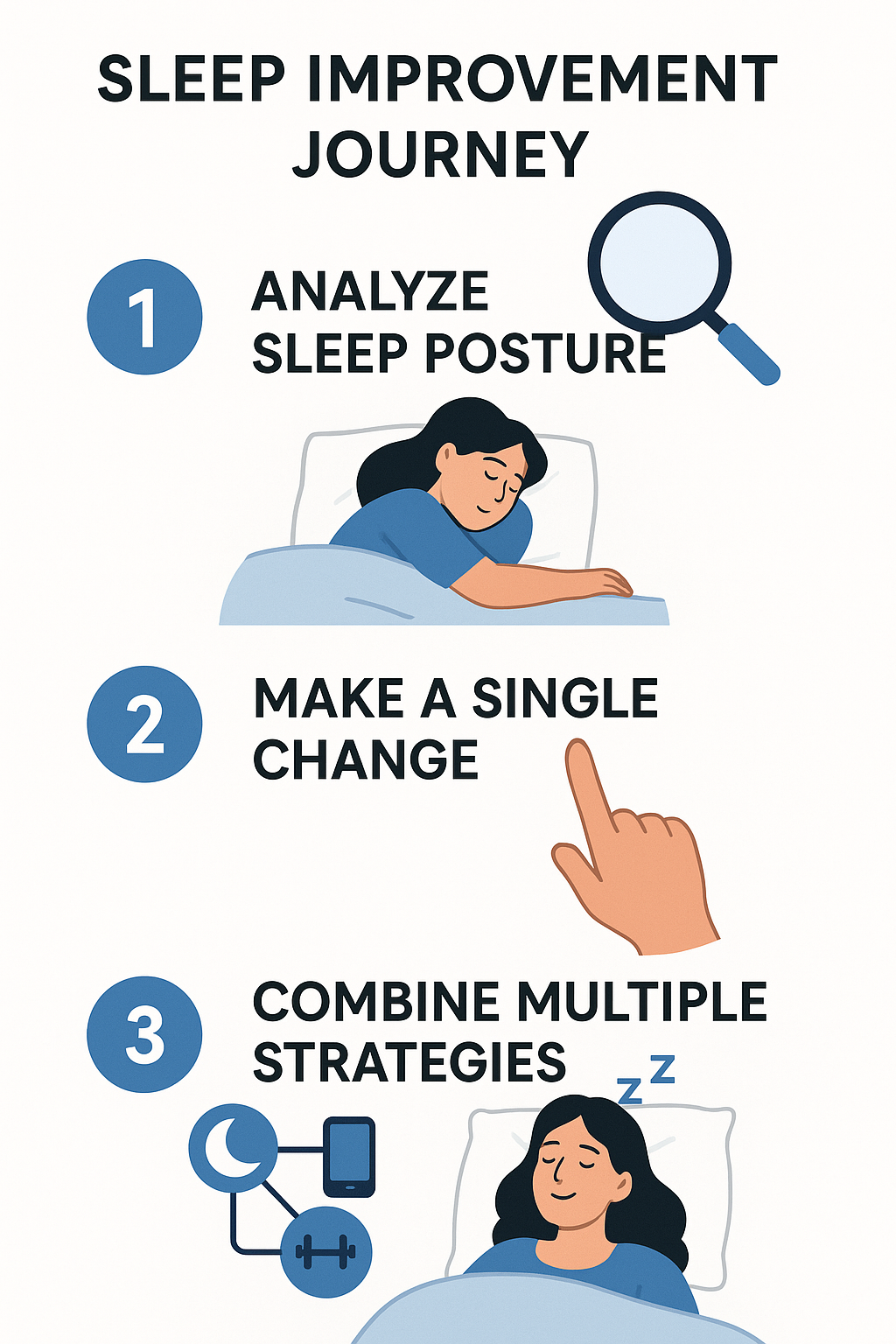
Lower back pain doesn’t have to mean restless nights. The right sleep position, pillow, and mattress support can relieve strain and help your body recover. Be patient, and try changes one at a time. With the right approach, better sleep — and less pain — is possible.